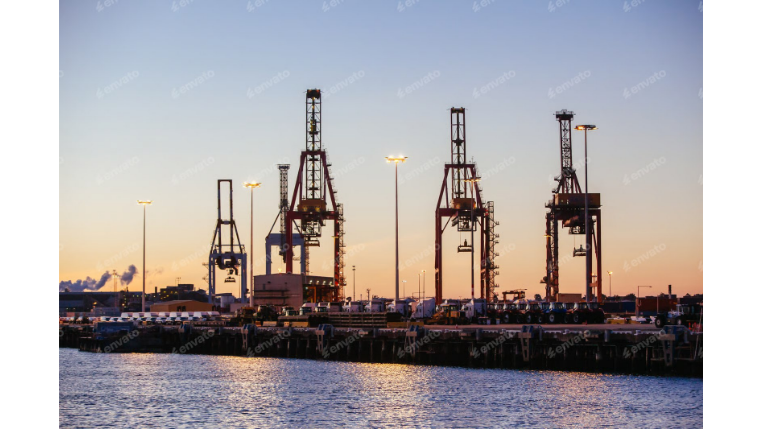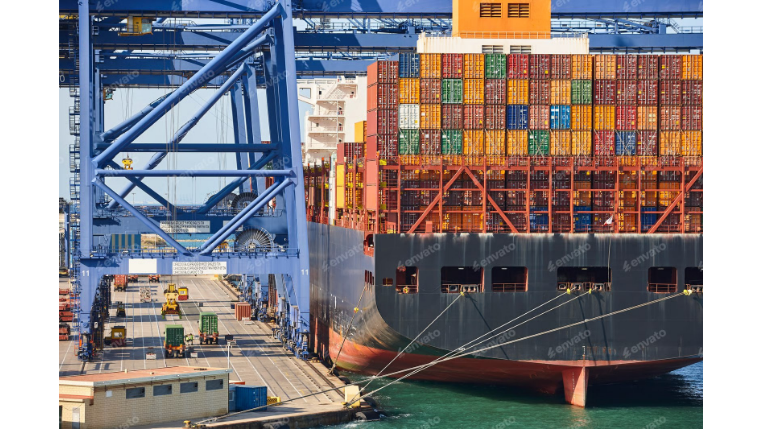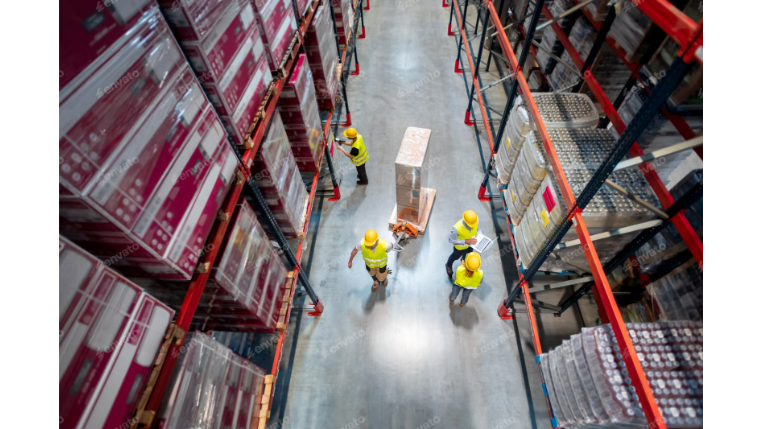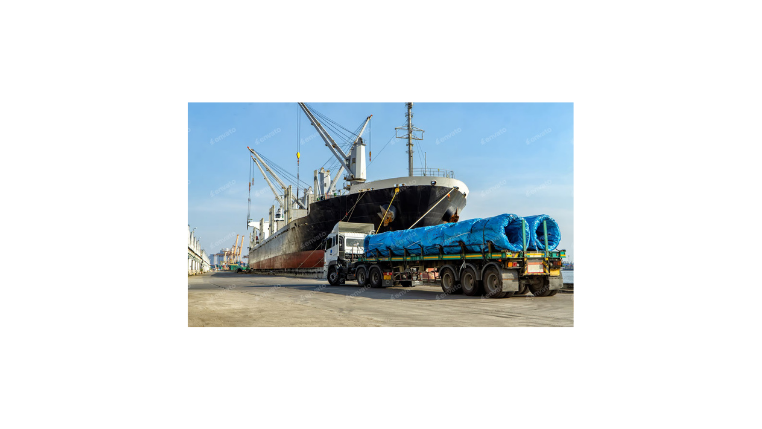From Bottlenecks to Breakthroughs: A Guide to Tackling Supply Chain Inefficiencies
In the hyper-competitive global market of 2025, supply chain efficiency is no longer a goal—it's a critical determinant of a business's survival and success. Inefficiencies act like friction in the gears of commerce, creating hidden costs, frustrating customers, and hindering growth. These problems rarely stem from a single source; they are often symptoms of deeper, systemic issues. This guide will help you diagnose the common root causes of this friction and provide a clear roadmap of actionable solutions to build a more streamlined and profitable operation.
Diagnosing the Problem: Common Root Causes of Supply Chain Inefficiency
Before you can find a cure, you need an accurate diagnosis. Most supply chain problems can be traced back to one or more of these four root causes:
1. Lack of Visibility and Fragmented Data
This is the foundational challenge for most businesses. Critical information is often trapped in disconnected silos: the procurement team's spreadsheets, the carrier's web portal, the warehouse's WMS, and the finance team's ERP. Without a unified, real-time view of the entire supply chain, it's impossible to make informed decisions, anticipate disruptions, or identify the true source of a problem.
2. Poor Inventory Management
Inventory is a delicate balancing act, and getting it wrong is a major source of inefficiency.
- Excess Inventory (Overstocking): This ties up working capital in unsold goods, increases storage and insurance costs, and heightens the risk of obsolescence. It's often a symptom of inaccurate demand forecasting—a "just-in-case" strategy in a "just-in-time" world.
- Insufficient Inventory (Stockouts): The opposite problem is just as damaging, leading directly to lost sales, backorders, and disappointed customers who may not return.
3. Ineffective Communication and Collaboration
A supply chain is a network of partners, both internal and external. When communication breaks down between your sales, logistics, and procurement departments, or between you and your suppliers and carriers, the results are predictable: incorrect orders, missed deadlines, and duplicated efforts.
4. Logistics Bottlenecks
Bottlenecks are the physical and procedural chokepoints where the flow of goods slows or stops. Common examples include:
- Inefficient warehouse receiving and fulfillment processes.
- Congestion at ports or transportation hubs.
- Delays in customs clearance due to inaccurate documentation.
- Unreliable carrier performance and missed pickup/delivery windows.
The High Cost of Inefficiency: What's at Stake?
These inefficiencies are not just minor annoyances; they have a direct and damaging impact on your bottom line and brand reputation, leading to increased operational costs, poor customer satisfaction, and a reduced ability to adapt to market changes.
The Prescription: Actionable Solutions for a Healthier Supply Chain
Tackling these deep-rooted issues requires a strategic and holistic approach, not just temporary fixes.
1. Leverage Technology for a Single Source of Truth
The cure for fragmented data and poor visibility is a unified technology platform.
- Implement an Integrated System: Adopt a modern logistics platform that connects your TMS, WMS, and ERP systems, and can integrate data from your external partners.
- Embrace Real-Time Tracking: Use IoT sensors and GPS to gain live, end-to-end visibility of your goods in transit.
- Utilize Predictive Analytics: Employ AI and machine learning to improve demand forecasting, anticipate potential delays, and optimize inventory levels.
2. Streamline and Optimize Logistics Operations
Attack bottlenecks head-on with a focus on operational excellence.
- Route Optimization: Use TMS software to automatically plan the most efficient delivery routes, saving fuel and time.
- Carrier Performance Management: Track carrier KPIs (like on-time performance) to ensure you are working with the most reliable partners.
- Warehouse Modernization: Implement a robust WMS to improve inventory accuracy and streamline picking and packing processes.
3. Adopt Sustainable Practices as an Efficiency Driver
Sustainability and efficiency are two sides of the same coin. A green supply chain is often a lean supply chain.
- Reduce Empty Miles: Use optimization software to ensure trucks are running as full as possible.
- Optimize Packaging: Using right-sized, lighter packaging reduces waste, weight, and shipping costs.
- By focusing on reducing waste (of fuel, space, materials), you inherently cut costs and improve efficiency.
Conclusion
In conclusion, supply chain inefficiencies are symptoms of deeper problems, primarily a lack of unified visibility, communication, and data-driven control. The most effective solution is a strategic shift toward an integrated, transparent, and intelligent operational model. This is where a comprehensive logistics platform like Modaltrans becomes a game-changer. It is designed specifically to eliminate the root causes of inefficiency by creating a single source of truth. By connecting data from transportation, warehousing, and all external partners into one unified ecosystem, it delivers the end-to-end visibility and control businesses need to build a truly streamlined, resilient, and profitable supply chain.










